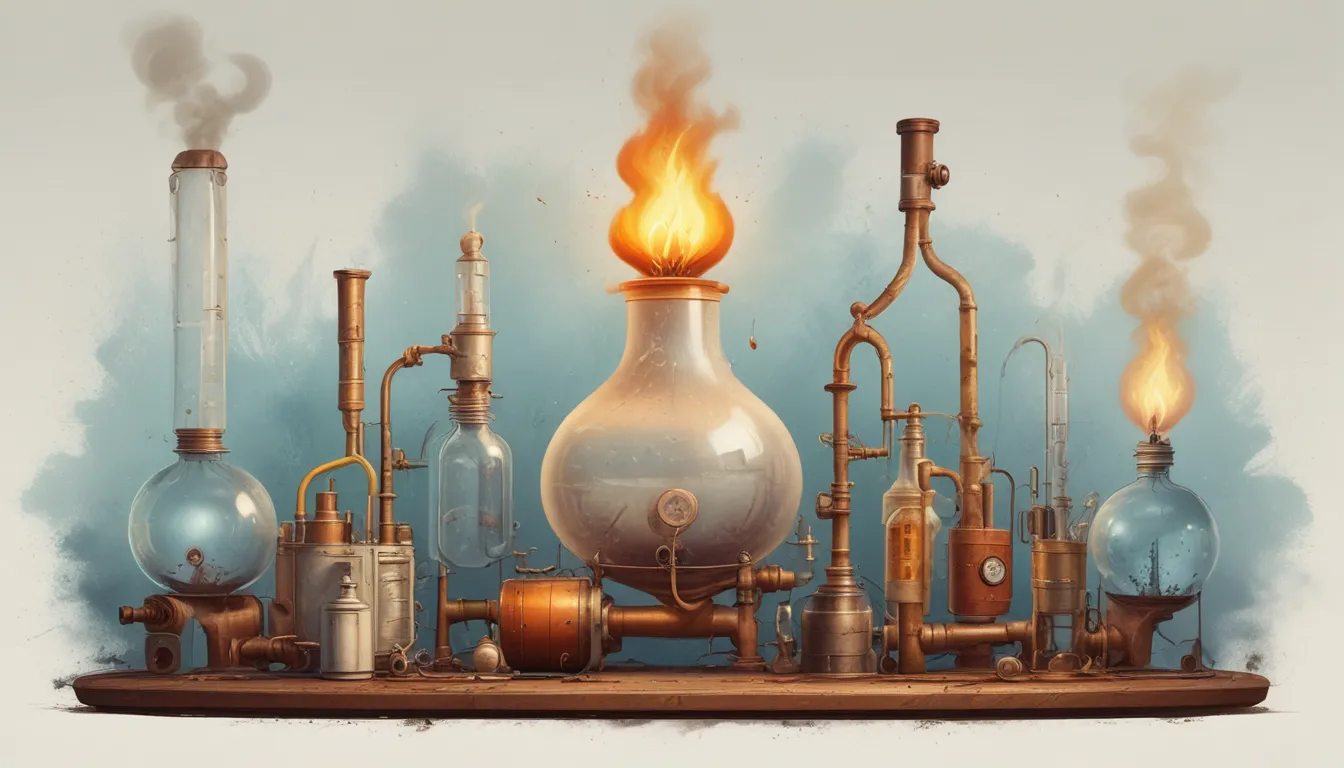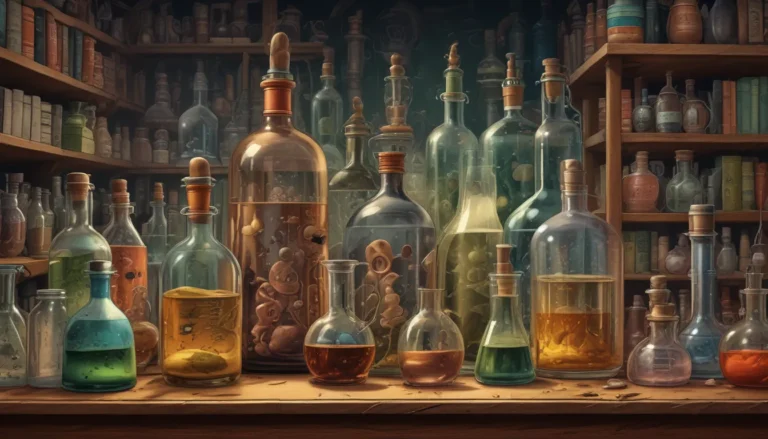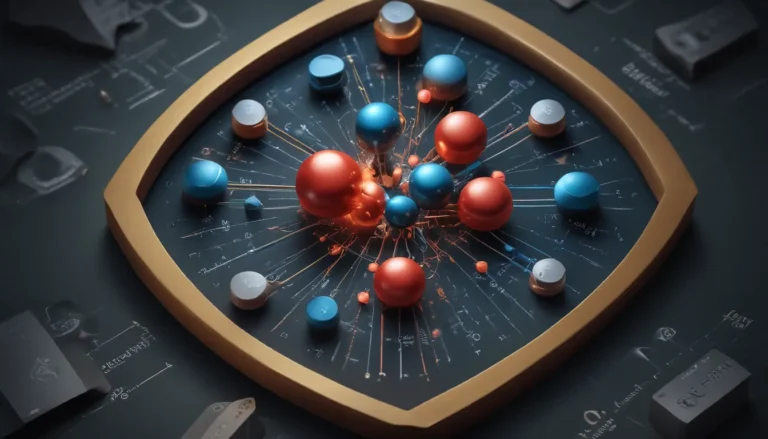A Note About Images: The images used in our articles are for illustration purposes only and may not exactly match the content. They are meant to engage readers, but the text should be relied upon for accurate information.
Gas laws are a crucial aspect of chemistry, influencing the behavior and properties of gases in various contexts. Whether you are a chemist, engineer, physicist, or simply curious about the world around you, understanding gas laws is essential. In this article, we will delve into 19 mind-blowing facts about gas laws, shedding light on their significance and impact on our lives. From the foundational principles of Boyle’s Law and Charles’s Law to the concept of absolute zero, prepare to be amazed by the wonders of gas laws and their practical applications.
Understanding the Basics of Gas Laws
- Gases Have the Ability to Expand: One of the fundamental concepts of gas laws is that gases can expand and occupy the entire volume of the container they are confined in.
- Boyle’s Law: Describes the inverse relationship between the pressure and volume of a gas when temperature and amount of gas are constant.
- Charles’s Law: Relates the volume of a gas to its temperature, with pressure and amount of gas held constant.
- Gay-Lussac’s Law: Links the pressure of a gas to its absolute temperature, with volume and amount of gas remaining constant.
- Avogadro’s Law: States the relationship between the volume of a gas and the number of moles, at constant temperature and pressure.
- The Ideal Gas Law: Combines Boyle’s Law, Charles’s Law, and Gay-Lussac’s Law to describe the behavior of an ideal gas in terms of pressure, volume, temperature, and number of moles.
Exploring Gas Properties and Behavior
- Measurable Properties of Gases: Gases possess physical properties such as pressure, volume, temperature, and density, crucial for understanding their behavior.
- Diffusion: The spontaneous movement of gas particles from areas of higher to lower concentration, significant in various natural and industrial processes.
- Compressibility of Gases: Gases are highly compressible compared to liquids and solids, with their volume decreasing under external pressure.
- Kinetic Molecular Theory: Explains gas behavior, stating that gases consist of small particles in constant motion, influencing properties like expansion, diffusion, and pressure.
Applications and Implications of Gas Laws
- Partial Pressure in Gas Mixtures: Different gases in a mixture exert partial pressures proportional to their concentrations, contributing to the total pressure.
- Widely Used in Scientific Disciplines: Gas laws find applications in chemistry, physics, engineering, and environmental science for understanding gas behavior.
- Historical Roots: The study of gas laws dates back to the 17th century, with pioneering experiments by scientists like Robert Boyle and Jacques Charles.
- Van der Waals Equation: Accounts for deviations from ideal gas behavior due to intermolecular forces and molecular volume.
- Importance of Absolute Zero: The lowest possible temperature at which gas particles cease all motion, marking the absence of pressure.
- Impact of Temperature on Gas Particle Speed: Higher temperatures increase the average kinetic energy of gas particles, elevating their speed and velocities.
Real-World Relevance of Gas Laws
- Universal Applicability: Gas laws apply to both natural and man-made gases, facilitating accurate predictions and calculations across diverse settings.
- Practical Applications: Understanding gas laws is vital for designing combustion engines, regulating air pressure in scuba diving, and ensuring safety in various industries.
- Significance of Gas Laws: Gas laws have real-life implications in engineering, meteorology, and environmental science, shaping our understanding of natural processes.
In Conclusion
In conclusion, gas laws form the cornerstone of our knowledge of gas behavior, influencing a wide range of scientific disciplines and practical applications. Through this exploration of 19 captivating facts about gas laws, we have uncovered the intricacies of Boyle’s Law, Charles’s Law, and other fundamental principles. From hot air balloons to climate change, from scuba diving to weather phenomena, gas laws play a pivotal role in our understanding of the world around us. Embrace the fascinating world of gas laws and discover the wonders of gases under different conditions.
FAQs
Q: What are gas laws?
A: Gas laws are mathematical relationships describing the behavior of gases under various conditions like pressure, volume, and temperature.
Q: What are the three main gas laws?
A: The main gas laws include Boyle’s Law, Charles’s Law, and Gay-Lussac’s Law, relating pressure, volume, temperature, and other variables.
Q: How are gas laws applied in everyday life?
A: Gas laws find applications in weather forecasting, scuba diving, equipment design, and various industries where gases play a critical role.
Q: Are gas laws applicable to all types of gases?
A: While ideal gases follow gas laws accurately, real gases may deviate under extreme conditions, with modifications made to equations to accommodate these variations.
Q: How do gas laws relate to climate change?
A: Gas laws play a role in understanding the Earth’s atmosphere, including factors like the greenhouse effect influencing climate change.
Q: Was this page helpful?
A: Our dedication to delivering accurate and engaging content ensures a trustworthy exploration of diverse insights and information contributed by users like you. Trust in our commitment to quality and authenticity as you learn and discover with us.
As you embark on your journey of understanding gas laws, remember the immense impact that these principles have on everyday life and scientific discoveries. From the behavior of gases in confined spaces to the applications in cutting-edge technologies, gas laws form the foundation of a captivating world waiting to be explored. Dive deeper into the wonders of gas laws and unravel the mysteries of gases that surround us.






